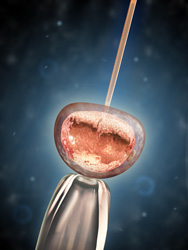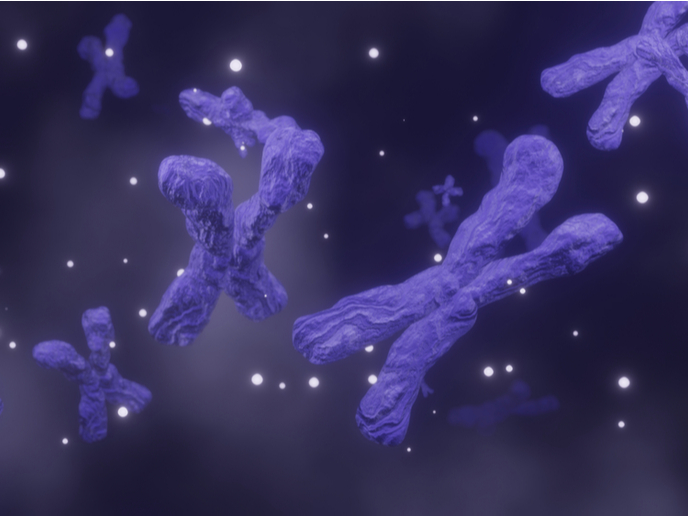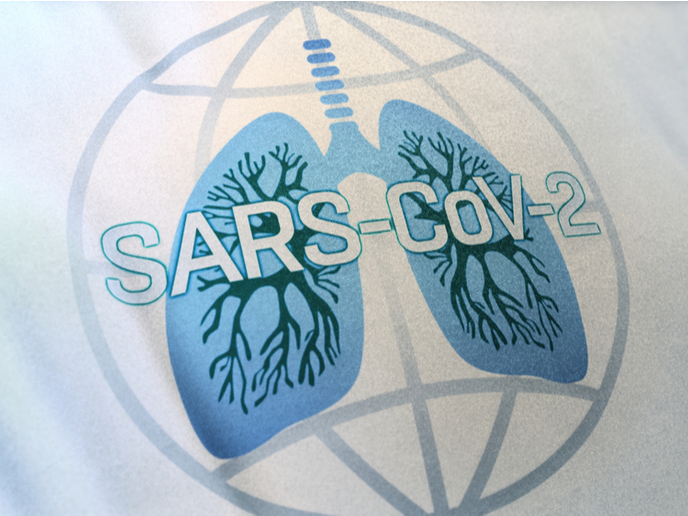Tropical viruses are not so exotic
No specific treatment is available for dengue virus infection. This is mainly due to a lack of knowledge of the molecular mechanisms involved in the development of the dengue virus capsid protein (DVCP). The 'The role of lipid membranes in dengue virus assembly' (Dengue virus capsid) project is working to fill this gap by studying the role of lipid membranes in dengue viral assembly. It is known that lipids play a role in DVCP-mediated viral RNA assembly and encapsidation, and that this probably occurs via interaction with intracellular lipid droplets. A capsid is the coating of a protein that has enclosed the nucleic acid core of a virus and encapsidation the process whereby this enclosing takes place. Lipid droplets are cellular subunits generated and used by viruses for replication. So far, work has been focused on characterisation of the molecular details of the interaction between the DVCP and lipids, using lipid droplets directly isolated from hepatic cell lines. Biophysical techniques such as nuclear magnetic resonance (NMR) were used for the studies. Main results show that on DVCP interaction with lipid droplets, there is a minor drop in alpha-helical content. An alpha-helix is a secondary protein structure that is spiral in form. As NMR results indicate, this decrease is consistent with interactions in alpha-helical regions. Based on a simulation of binding of the DVCP protein to model membranes, the project has been able to identify two possible sites where interaction is initiated. Following this 'activation', conformational rearrangements take place, likely prompting the viral RNA to bind the protein. Researchers believe this leads the dengue virus assembly and encapsidation process further. Having identified the DVCP lipid droplets interaction sites as putative targets for drug or vaccine development, the Dengue virus capsid project expects to show that by blocking this interaction, the viral assembly and encapsidation process can be halted and the viral load reduced within the organism.







